The CDC added 6 more COVID-19 symptoms to its list. Here's every symptom linked to the disease and how common they are.
Aria Bendix

- The CDC added 6 new symptoms — including muscle pain, sore throat, and loss of taste or smell — to its list of COVID-19 symptoms.
- Fever and cough still appear to be the most common symptoms of COVID-19, but shortness of breath is often the most dangerous.
- The CDC also outlines four "emergency signs" that warrant an immediate medical attention, including bluish lips and chest pain.
- Visit Business Insider's homepage for more stories.
When the novel coronavirus was first identified in China, patients seemed to develop at least one of three symptoms: fever, a dry cough, and shortness of breath. The data was skewed, however, by the fact that most patients being tested for the virus had severe cases that required hospitalization.
As the virus spread and grew into a pandemic, doctors detected additional symptoms among patients — including among mild or moderate cases.
The US Centers for Disease Control and Prevention recently added six health issues to its official list of COVID-19 symptoms. They include chills, repeated shaking with chills, muscle pain, headache, sore throat, and loss of taste or smell. These symptoms usually appear two days to two weeks after exposure to the virus, according to the agency.
Some patients have reported additional problems, like fatigue and purple, swollen toes that appear frostbitten.
Here's a rundown of how each symptom manifests among typical patients.
Read the original article on Business InsiderBluish skin or lips are signs of a serious infection, since they signal a lack of oxygen in the blood.
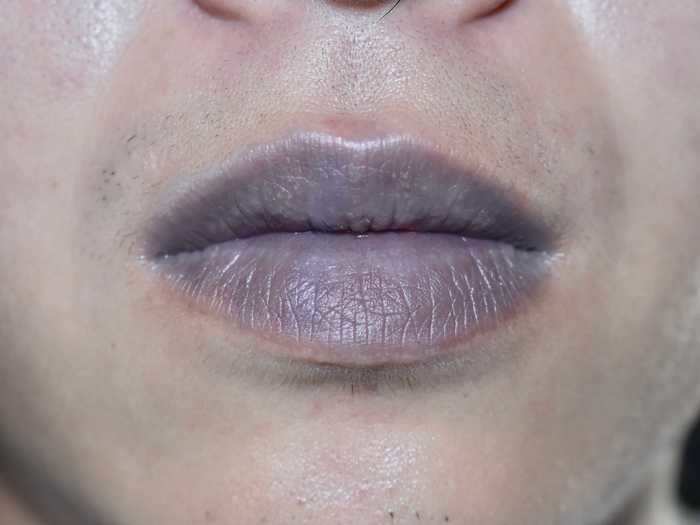
Doctors look for oxygen levels between 95% and 100% for healthy patients. A patient's skin typically turns blue (what's known as "cyanosis") when their oxygen levels are below 90% — a sign of a clinical emergency, according to the WHO.
In the case of COVID-19, blue lips or skin can signal the presence of pneumonia or ARDS. The CDC lists this symptom as one of its emergency warning signs.
Nasal congestion isn't a common symptom, according to the WHO — but some patients have it.
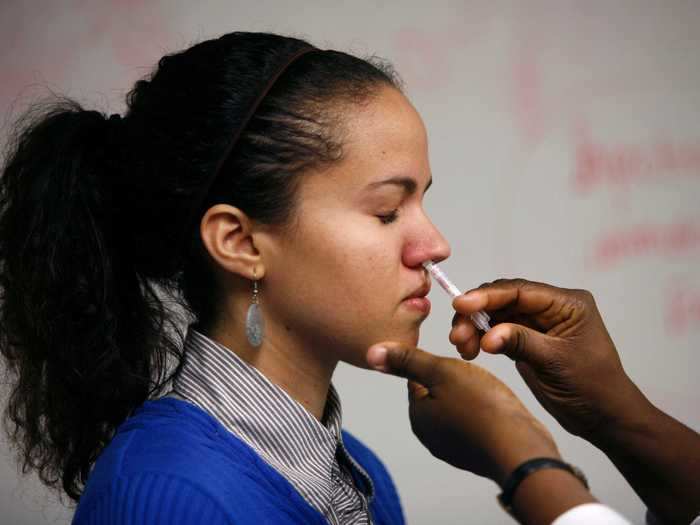
Nearly 5% of patients in the WHO report developed nasal congestion compared to around 7% in the Wenzhou study.
Patients have reported additional respiratory symptoms like wheezing and chest pain.

Nearly 23% of patients in the Wenzhou study experienced wheezing.
The CDC lists "persistent pain or pressure in the chest" as an emergency warning sign, meaning people with the symptom should seek medical attention right away.
Hospitals have also recorded gastrointestinal symptoms like diarrhea, nausea, or vomiting. They may be an early sign of the virus.

Just 5% of coronavirus patients in the WHO report developed nausea or vomiting, and another 4% developed diarrhea.
But a March study of 204 hospitalized patients in China's Hubei province found that more than 50% of patients reported digestive symptoms like lack of appetite, diarrhea, vomiting, or abdominal pain.
Nearly 13% of patients in the Wenzhou study had diarrhea.
In the study of 138 Wuhan patients, the same proportion of patients — 10% — had diarrhea and nausea, while less than 4% of patients experienced vomiting. The study found that diarrhea and nausea typically appeared one to two days before fever and difficulty breathing.
Dermatologists have reported seeing coronavirus patients with purple, swollen toes— what the medical community now calls "COVID toes."
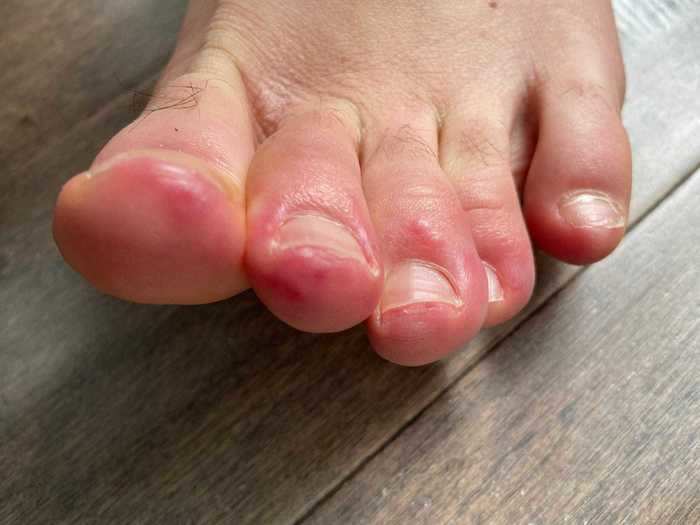
The American Academy of Dermatology launched a registry in April to track dermatological issues among COVID-19 patients. Out of more than 200 submissions from healthcare providers, about half noted lesions on the hands or feet that resembled frostbite, Esther Freeman, a dermatologist at Massachusetts General Hospital, told Business Insider.
Freeman said the lesions could be the product of general inflammation in the body or inflammation in the walls of the blood vessels — known as "vasculitis." They might also result from blood clots in skin vessels, or a combination of all three factors.
Lindy Fox, a professor of dermatology at the University of California, told Business Insider that the symptom appears to be common among younger, relatively healthy patients who show few or no other symptoms.
Blood clots can also lead to kidney or heart damage.
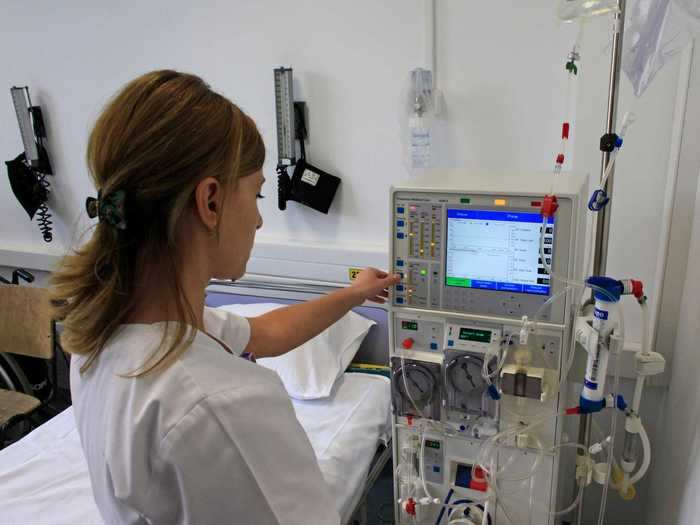
Blood clots can reduce blood flow to the kidneys and heart, resulting in damage to both organs. It's also possible that the coronavirus attacks these organs directly, since both the heart and kidneys are rich in ACE2 receptors.
In general, coronavirus patients with preexisting health issues are at higher risk of heart damage or kidney failure.
A study of 416 hospitalized patients in Wuhan found that patients with a heart injury — around 20% — were typically older people with issues like hypertension. Another study of 85 patients in Wuhan (which is still awaiting peer review) found that 27% of patients had kidney failure; it which was most commonly seen among elderly patients with preexisting health problems.
Since severe coronavirus cases often require a ventilator, the breathing machine itself can also cause kidney damage. A 2018 study from the University of California San Diego found that mechanical ventilation causes a threefold increase in the risk of acute kidney injury.
Blood clotting can lead to stroke, even among younger coronavirus patients.

More strokes have been documented in severe coronavirus cases than mild ones, but younger patients with less serious cases can suffer from them as well.
Thomas Oxley, a neurosurgeon at Mount Sinai Hospital, recently told CNN that he had identified a sevenfold increase in sudden strokes among young patients (under 50) in the previous two weeks.
"Most of these patients have no past medical history and were at home with either mild symptoms (or in two cases, no symptoms) of COVID-19," he said.
The virus can create blood clots, which leads to a host of health complications.
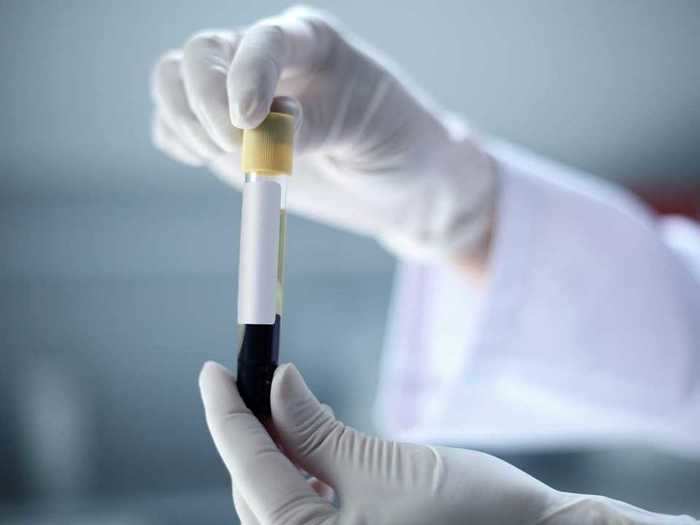
A Dutch study of 184 coronavirus patients in the ICU found that nearly one-third of patients had blood clots.
Scientists still aren't sure why. It's possible that the virus attacks blood vessels directly, but it could also induce a strong inflammatory response that damages those vessels. Since the coronavirus is a respiratory virus, it might also damage blood vessels by depleting oxygen levels in the blood.
"The number of clotting problems I'm seeing in the ICU, all related to COVID-19, is unprecedented," Dr. Jeffrey Laurence, a hematologist at Weill Cornell Medicine in New York City, told CNN on Thursday. "Blood clotting problems appear to be widespread in severe COVID."
Loss of taste or smell can appear on its own — or alongside other symptoms.

German virologist Hendrik Streeck estimated in March that two-thirds of confirmed coronavirus patients at the University Hospital in Bonn couldn't taste or smell for several days.
A report that's still awaiting peer review also estimated that around 30% of confirmed patients in South Korea had a sudden loss of smell – clinically referred to as "anosmia" — as their main symptom
"I have personally seen four patients this week, all under 40, and otherwise asymptomatic except for the recent onset of anosmia," Claire Hopkins, president of the British Rhinological Society, wrote in a joint letter with Nirmal Kumar, president of the British Association of Otorhinolaryngology, in March. "I think these patients may be some of the hitherto hidden carriers that have facilitated the rapid spread of COVID-19."
The experts added that many COVID-19 patients have exhibited loss of smell and taste without showing any other symptoms.
The coronavirus has been linked to neurological problems like dizziness, confusion, and delirium.

Chinese researchers found that the virus can invade a person's nervous system, though the exact method is unknown. It's possible that the virus damages neurons in the nose, which allows it to cross over from the respiratory tract to the brain.
Scientists have also found evidence that the virus latches onto ACE2 receptors in the interior lining of blood vessels. From there, it might penetrate the barrier between the blood and the brain.
A study of 214 patients in Wuhan found that 36% of patients had neurological symptoms. These symptoms were more common among patients with severe infections.
Around 25% of patients experienced dizziness, headache, confusion or delirium, seizure, and impaired balance or coordination. Among those symptoms, dizziness was the most common, affecting nearly 17% of patients.
Another 9% of patients had symptoms associated with the peripheral nervous system, like nerve pain or impaired taste, smell, and vision.
The CDC includes both chills and repeated shaking with chills (i.e. shivering) on its list of symptoms.

Around 11% of Chinese patients involved in the WHO report developed chills.
Both chills and shivering are the product of muscles contracting and relaxing inside the body. Like a fever, they help raise a person's body temperature to fight off infection.
An episode of shaking and chills accompanied by a fever is known as a "rigor." It can also cause profuse sweating.
Muscle pain developed among 15% of patients in the WHO report.

The report put muscle pain (clinically known as "myalgia") in the same category as join pain (or "arthralgia"). Both are commonly associated with viral infections.
In the Wuhan study, 35% of patients developed muscle pain or aches — but only 10% of patients in the Wenzhou study had the same symptoms.
Sore throat and headache seem to affect the same number of patients: around 14%, according to the WHO.
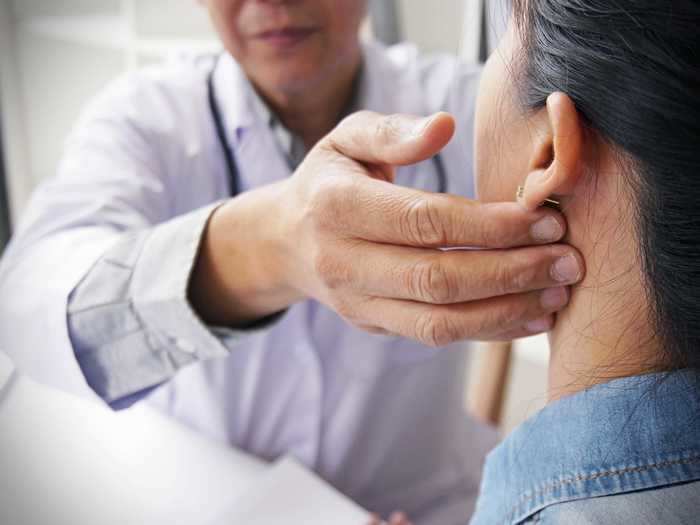
Since both are considered mild symptoms, however patients with a headache or sore throat may be less likely to go to the hospital or seek out a test, so data about the prevalence of those symptoms could still be skewed.
The Wuhan study, for instance, found that around 17% of patients developed a sore throat, while less than 7% developed a headache.
Fatigue can be more common than difficulty breathing, according to the WHO, though it's not on the CDC list.
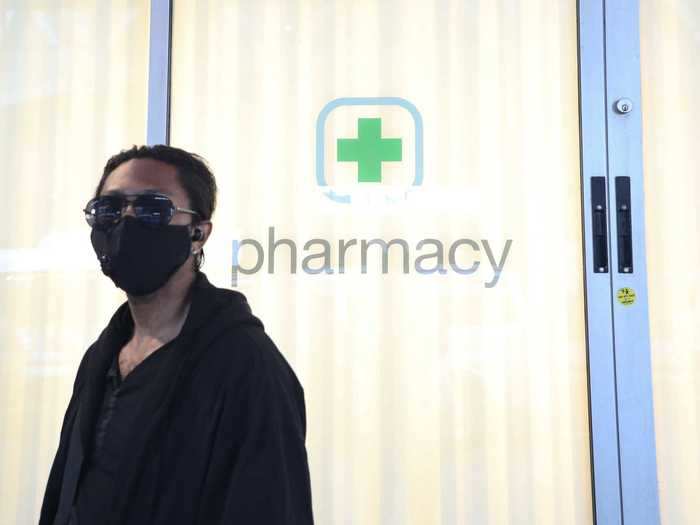
The WHO report found that 38% of patients developed fatigue as a result of COVID-19.
The Wuhan study found that the symptom was even more common: 70% of the patients in that study developed fatigue.
Around 20% of patients develop shortness of breath, which doctors recognize as one of the most concerning symptoms.

Difficulty breathing can be an early sign of pneumonia or acute respiratory distress syndrome (ARDS), an often fatal illness that may require intubation.
A study of 138 hospitalized patients in Wuhan, China, found that 31% of all patients had difficulty breathing. Among ICU patients, that number was 64%.
"I would of course always ask about shortness of breath before anything, because that's somebody who has to be immediately helped," Megan Coffee, an infectious-disease clinician in New York City, previously told Business Insider.
Shortness of breath typically presents itself eight to 10 days into the course of the illness, she said. But not every patient with shortness of breath needs to go to the hospital.
"What I tell people is: If you're feeling short of breath and it's hard to walk across the room, walk up a flight of stairs, speak in full sentences — those are always signs that you have more severe shortness of breath," Coffee said.
The second most common symptom is a dry cough, though COVID-19 patients can also develop a wet cough.

The WHO report found that 68% of patients developed a dry cough.
But a study in Wenzhou, China found that about one-third of patients (13 out of 53) developed a wet cough.
Fever still appears to be the most common symptom among patients.
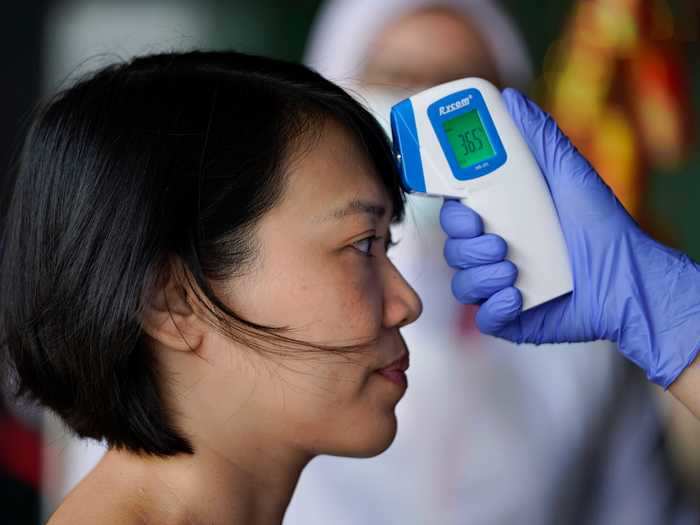
A February report from the World Health Organization found that out of nearly 56,000 laboratory-confirmed cases studied in China, about 88% of patients developed a fever.
The CDC's updated list includes 9 symptoms.
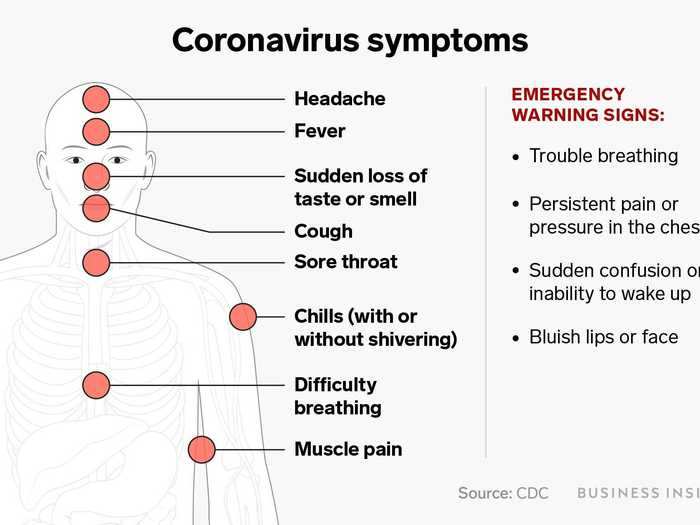
The agency also outlined four "emergency warning signs" that require a person to seek immediate medical attention.
READ MORE ARTICLES ON
Popular Right Now
Popular Keywords
Advertisement